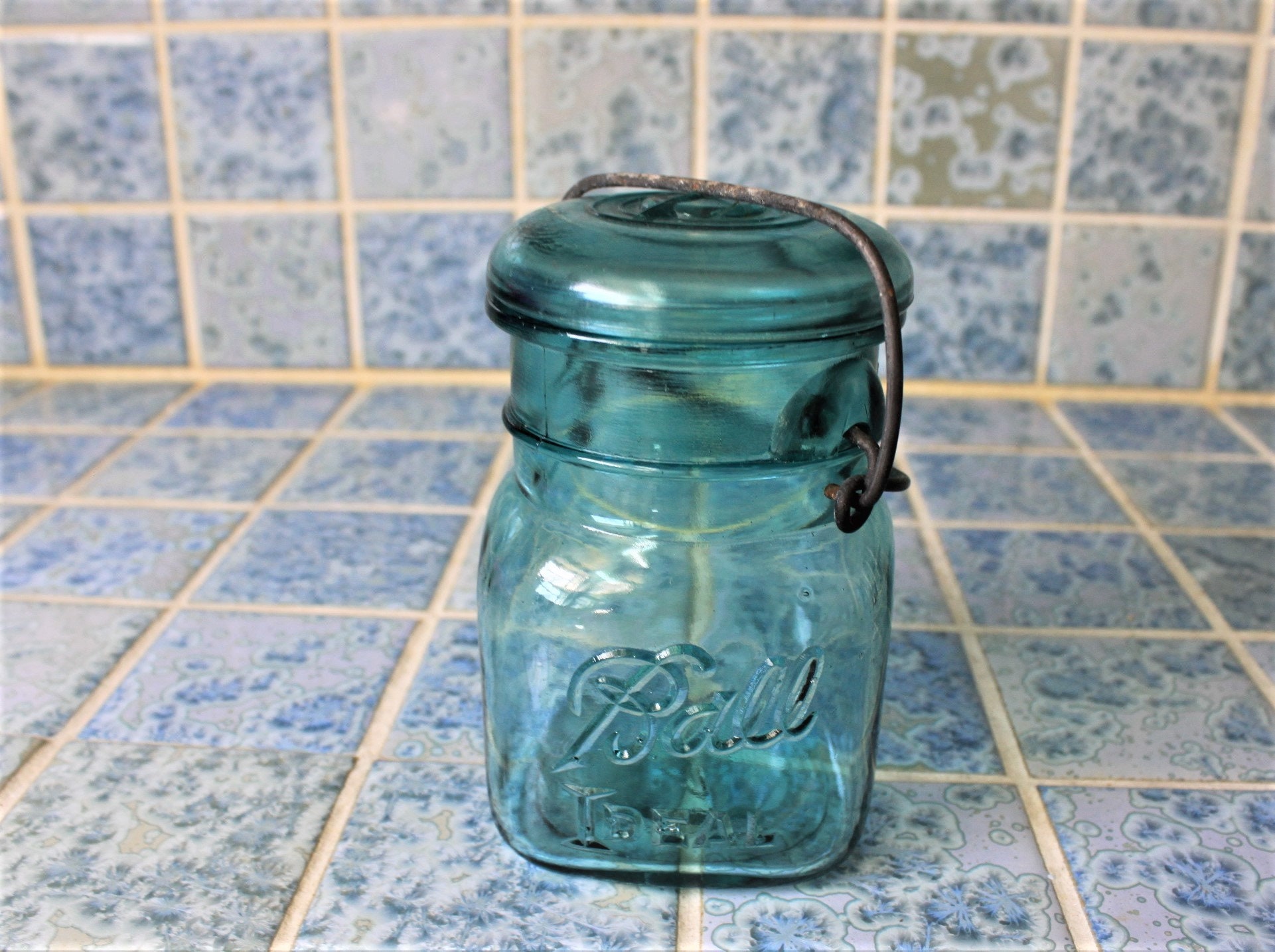
Grain jars are most often used in a bulk or 'monotub' grow once fully colonized, you break up the grains and combine them with a non-nutritious substrate to increase the surface area. For best results, cultivators use liquid culture solution or colonized agar this skips the germination process, lowering the colonization times and chances of contamination drastically. Although it sounds perfect, the lack of protective materials/additives makes the grains much more susceptible to contamination after inoculation. Whole grains are the ideal food source for mycelium, making yields much larger than you'd expect with the half-pint jars. Grain jars are exactly what they sound like- sterilized whole grains, with just a little bit of pH stabilizers to increase colonization times. The most popular way to fruit half-pint jars is in a humidified chamber our Mega, Ultimate, and Simple Kit are all examples, as well as a couple of our Ecosphere models! Although they can be fruited using other methods, they perform best fruiting individually in a sealed, humid chamber with consistent fresh air exchange. We sell them in 6 and 12-packs, so you have some room for error, too! Although they are less susceptible contamination, brown rice flour is not as nutritious as whole grains, making the anticipated yield smaller than it would be if you were using a whole grain spawn. We recommend these for beginners-they are the easiest to inoculate successfully.

The top 1/2 inch or so of the jar is just vermiculite this acts as a protective layer, preventing any contaminants from getting inside. The main components of our half-pint jars are brown rice flour and vermiculite. But what is the main difference between them? Let's be real- we have quite a few different substrate jars that we offer.

What's the difference between the half-pint jars and grain jars that we offer?


 0 kommentar(er)
0 kommentar(er)
